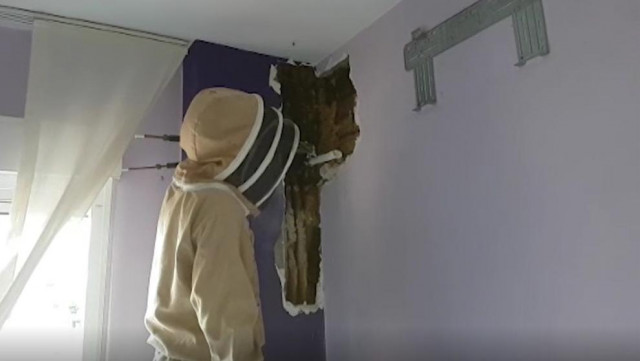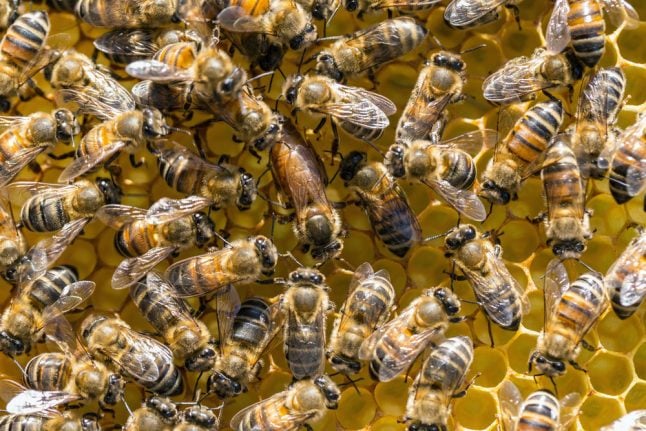“Is it the neighbour’s washing machine? Or maybe someone’s air conditioning?”
These are the questions that a couple from the Andalusian city of Granada asked themselves every night when they were tucked up in bed, wondering where the incessant humming that was keeping them wide awake was coming from.
That’s until one day they decided to put their ears up against their bedroom wall and somehow distinguished that this wasn’t a sound coming from a kitchen appliance or electrical fitting.
Up close it sounded like bees buzzing, a lot of them.
A call to their local authorities put them on to a local beekeeper who confirmed their suspicions.
A staggering 80,000 bees were comfortably nested inside the bedroom wall right next to where the couple rested their heads every night.

“With a hive that big it’s a wonder they didn’t have a constant buzz in their ear,” bee rescuer Sergio Guerrero, who helped the couple deal with the infestation, told Spanish online daily 20 minutos.
“I can’t understand how they’ve been able to live with them for the past two years.”
According to Guerrero, who has recued more than half a million bees in the region so far in 2019, higher temperatures over the past two years are likely to have contributed to the hive’s longer reproductive period, from the average two months to six.
A queen bee, the single reproductive female in a hive of honeybees, is capable of laying 1,400 daily eggs in a day.



 Please whitelist us to continue reading.
Please whitelist us to continue reading.
Member comments